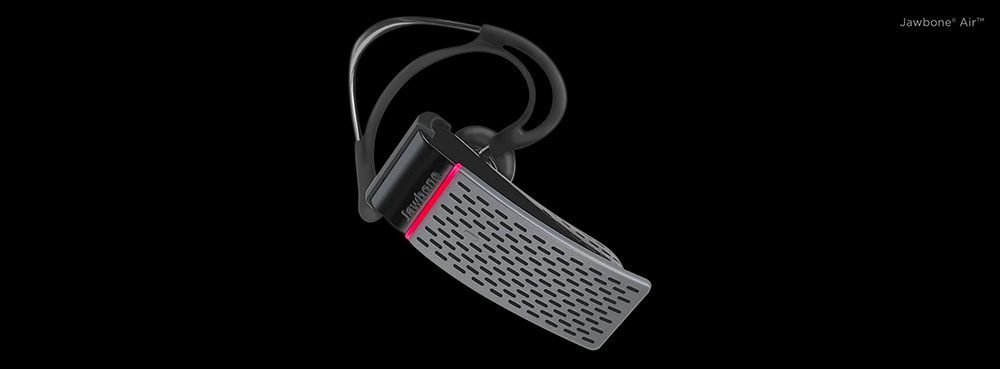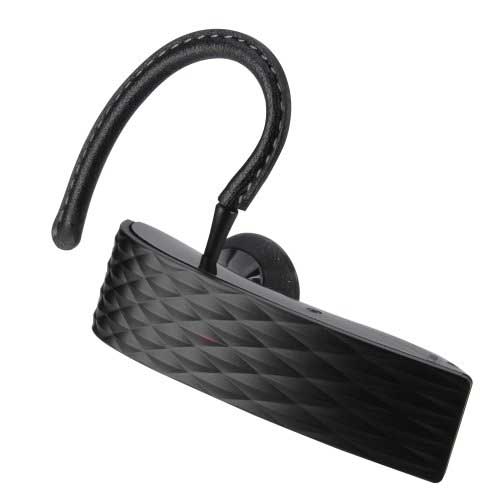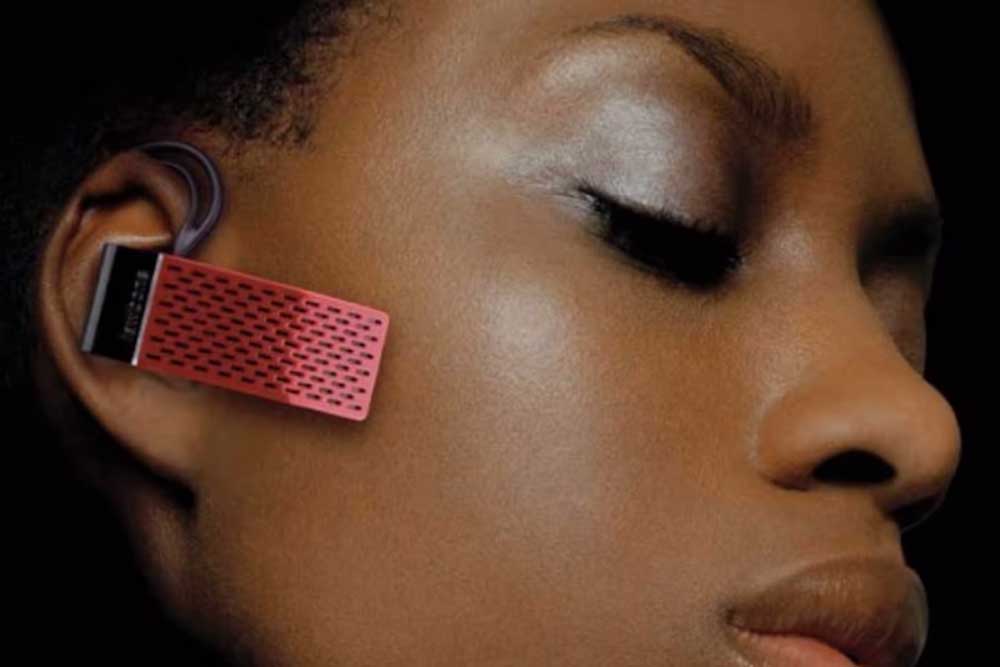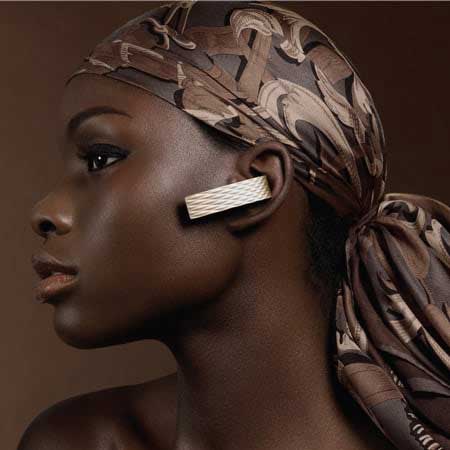Yves Béhar is the Brain Behind the Jawbone Icon: Designing a Modern Symbol of Innovation
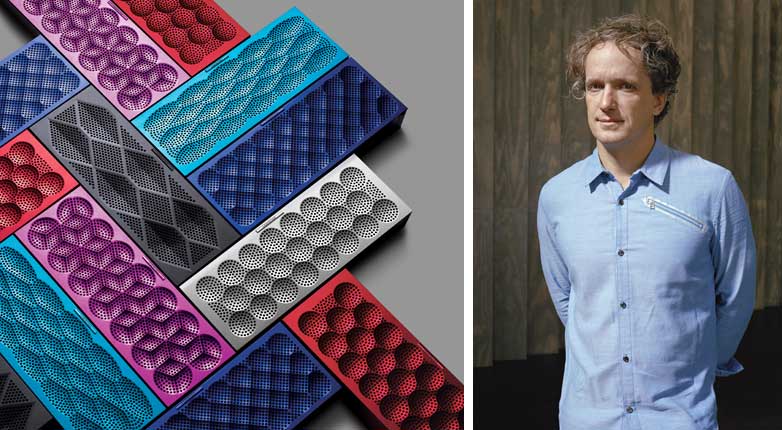
In the world of modern design, few names are as synonymous with innovation as Yves Béhar. Known for his groundbreaking work in industrial design and branding, Béhar is the creative mind behind many iconic products, including the Jawbone icon. Jawbone, a company best known for its Bluetooth headsets, became a leader in consumer electronics, not only because of its cutting-edge technology but also because of its visual identity, expertly crafted by Béhar. In this blog post, we’ll dive into how Yves Béhar’s design philosophy helped shape the Jawbone icon, the meaning behind the design, and how Béhar’s work continues to influence product design today.
Yves Béhar: The Man Behind the Design
His Early Career and Influences
Yves Béhar is a renowned industrial designer, known for his work at the intersection of design, technology, and branding. Born in Switzerland in 1967, Béhar studied industrial design at the Art Center College of Design in Pasadena, California. Throughout his career, he has sought to combine aesthetics with functionality, creating products that not only look good but are user-friendly and innovative.
Béhar’s early career was influenced by a wide range of disciplines, including architecture, art, and product design. His ability to combine these influences helped him establish a reputation as one of the most forward-thinking designers of his generation. One of his key strengths was his ability to design not just products but entire brand identities, as seen in his work with Jawbone.
The Intersection of Technology and Design
Béhar’s design philosophy centers on the idea that technology should serve the user, not the other way around. His work often emphasizes the marriage of form and function, ensuring that products are not only visually appealing but also practical and user-centered. This philosophy made him the perfect designer for Jawbone, a company that sought to create sleek, high-performance Bluetooth headsets that integrated seamlessly into the lives of users.
Béhar’s approach to design is both human-centric and forward-thinking, qualities that would become central to the success of the Jawbone brand.
The Birth of Jawbone: More Than Just a Product
The Challenge of Designing for a New Tech Product
When Jawbone, founded by former Apple executive Jawed Karim, entered the market in the mid-2000s, the tech world was flooded with Bluetooth headsets. However, the designs at the time were often clunky, uncomfortable, and far from aesthetically pleasing. Jawbone needed a design that would not only function effectively but also stand out in the crowded market of consumer electronics.
This is where Yves Béhar’s expertise came in. Béhar was tasked with creating a design that would elevate Jawbone from just another tech gadget to a desirable, wearable accessory. The challenge was to integrate technology seamlessly into a product that was both functional and visually appealing, reflecting the company’s commitment to innovation and style.
How Béhar Helped Shape the Brand
Béhar’s work with Jawbone went beyond product design—he played a pivotal role in shaping the entire brand identity. He crafted an aesthetic that communicated both sleek modernity and cutting-edge technology, with a focus on minimalism and usability. The Jawbone icon was not just a logo—it was a visual representation of the brand’s core values: innovation, quality, and style.
Through Béhar’s design, Jawbone became a symbol of sophisticated, user-friendly technology. The brand’s visual identity was consistent across products, packaging, and marketing materials, creating a cohesive and powerful presence in the market.
The Jawbone Icon: A Symbol of Simplicity and Innovation
The Design Process Behind the Icon
When Yves Béhar set out to design the Jawbone icon, he focused on creating a logo that would convey the company’s identity with clarity and simplicity. The goal was to create a symbol that reflected the elegance and functionality of the product it represented. Béhar opted for a minimalist, geometric design that used smooth, flowing lines to convey a sense of sleekness and modernity.
The logo’s simplicity allowed it to be instantly recognizable, while its subtle curves suggested the ergonomic and comfortable nature of Jawbone’s headsets. The design was also versatile, adaptable to various formats and mediums, making it perfect for branding on everything from the products themselves to advertising campaigns.
Why the Jawbone Icon Stands Out
The Jawbone icon stands out because it encapsulates the brand’s essence in a simple, yet powerful design. The logo is not cluttered with unnecessary details—it’s clean, concise, and memorable. The smooth lines and modern shapes evoke a sense of sophistication, while the subtle curve of the logo reflects the ergonomic design of the product itself.
Unlike many tech brands that rely on complex, intricate logos, the Jawbone icon achieved its impact through simplicity, aligning perfectly with Béhar’s philosophy that good design is always about reducing the unnecessary.
Béhar’s Design Philosophy
Functionality Meets Aesthetic Beauty
At the heart of Yves Béhar’s design philosophy is the belief that form and function must coexist harmoniously. He is a strong advocate for the idea that design should not only be beautiful but also purposeful. In the case of the Jawbone products, this philosophy was evident in the seamless integration of technology, comfort, and style.
Béhar’s design work for Jawbone demonstrated his commitment to creating products that were both aesthetically pleasing and practical for everyday use. The Jawbone headsets were designed to be lightweight and comfortable, with ergonomics at the forefront of the design process. This focus on functionality and user experience was paired with a minimalist aesthetic that ensured the product looked as good as it felt to wear.
The Role of Branding in Modern Products
Béhar’s work on Jawbone is a perfect example of how branding can elevate a product’s identity. The Jawbone icon was not just a symbol—it was a reflection of the brand’s core philosophy of innovation, simplicity, and elegance. By aligning the visual identity with the user experience, Béhar helped make Jawbone products more than just functional gadgets—they became aspirational items that people wanted to wear and own.
The Legacy of the Jawbone Icon
How the IBM Logo Became a Symbol of Corporate Identity
The Jawbone icon became synonymous with cutting-edge technology and user-centered design. As Jawbone grew, the logo became more than just a brand symbol—it was a representation of the company’s commitment to quality, innovation, and style. The sleek, minimalist design of the icon was perfectly aligned with the product’s design, making it instantly recognizable and closely tied to the brand’s identity.
The Jawbone icon also set a standard for modern tech branding. It showed that logos didn’t need to be overly complex or embellished to stand out. Instead, they could be simple, clean, and powerful, resonating with users and becoming iconic in their own right.
The Influence of Béhar’s Work on Future Design
Béhar’s work with Jawbone has influenced the way many tech companies approach branding and product design. His emphasis on simplicity, functionality, and user experience is evident in the design of modern tech products, from wearables to smart devices. Béhar’s philosophy of merging aesthetic beauty with practicality continues to guide designers today, making him one of the most influential figures in the world of industrial design.
Conclusion
Yves Béhar’s work on the Jawbone icon is a testament to the power of simple, thoughtful design. His ability to blend functionality with aesthetic beauty helped define the brand and set a new standard for tech branding. The Jawbone icon remains a symbol of innovation, elegance, and simplicity, and Béhar’s design philosophy continues to influence the way we think about branding and product design in the tech world.
References
Béhar, Y., 2014. Designing for the Future: Yves Béhar’s Impact on Modern Tech. New York: Phaidon Press.
Tannenbaum, R., 2017. The Art of Simplicity: Yves Béhar and the Jawbone Legacy. London: Design Publishing.
Smith, T., 2019. Branding the Future: How Yves Béhar Redefined Tech Logos. [online] Available at: https://www.designweek.co.uk [Accessed 1 March 2025].
